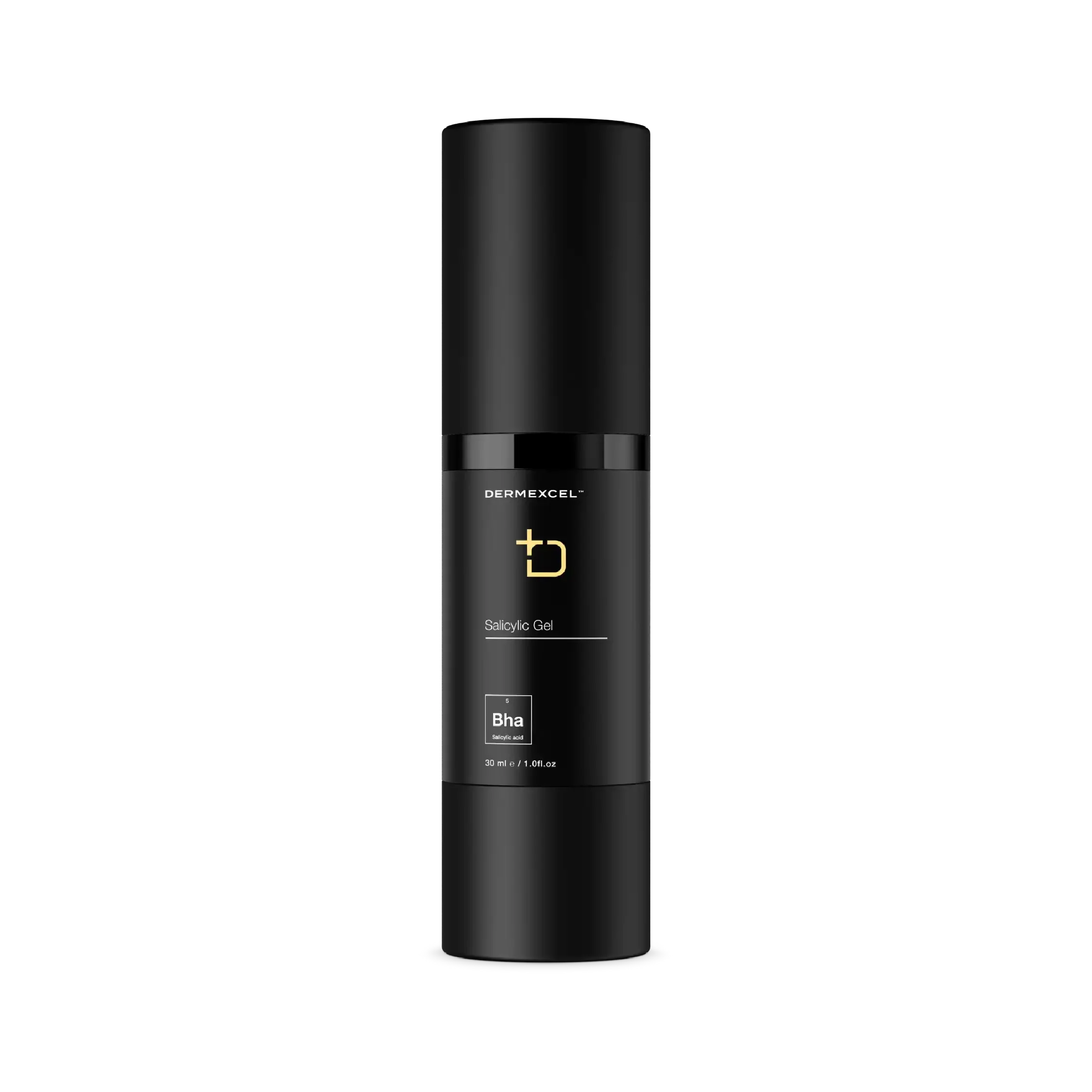





Pay interest-free installments from R 198.50 with various payment gateways selected at checkout.
SIZE: 30 mL




Choose options


Aqua, Polyethylene Glycol, Ethoxydiglycol, Ethyl alcohol, Hydroxyethyl cellulose, Salicylic acid, Phenoxyethanol & Ethylhexylglycerin, Disodium EDTA
Salicylic Gel
product benefits
Targeted Acne Treatment
Unblock clogged pores
Anti-Microbial
Anti-inflammatory
Improve Skin Texture
Minimize Pores
Indications for Salicylic Gel
Enlarged Pores
Shaving Bumps
ingrown hair
Folliculitis
Facial and Body Acne
Inflammation
blackheads
whiteheads
Seborrheic Dermatitis
salicylic acid targets all phases of the acne process
salicylic acid targets all phases of the acne process
FDA OTC Drug Monograph
Salicylic acid 3%
| FDA Category | Indication |
|---|---|
| CFR 21, 333.310 | acne |
| CFR 21, 358.710 (b) | Seborrheic Dermatitis |
| CFR 21, 358.710 (c) | Psoriasis |
salicylic acid
pore clearing action
the stages of acne

Regulate sebum (oil) production and secretion

Prevent and remove content build-up in pores

Prevent Bacterial Infiltration and infection

Down-regulate and prevent inflammation
Rosacea
Stages and treatment objectives




mode of action
salicylic acid
rosacea and acne treatment

anti-inflammatory

Anti-bacterial

Comedolytic

Keratolytic
Testimonials


Not sure which products you need?
Find your regimen
Assessment
Submit your free Dermal Diagnosis™ Assessment
Treatment Plan
Receive your Free Personal Profile and Treatment Plan
Confident Skin
Start your Simple and Effective journey to Confident Skin!












